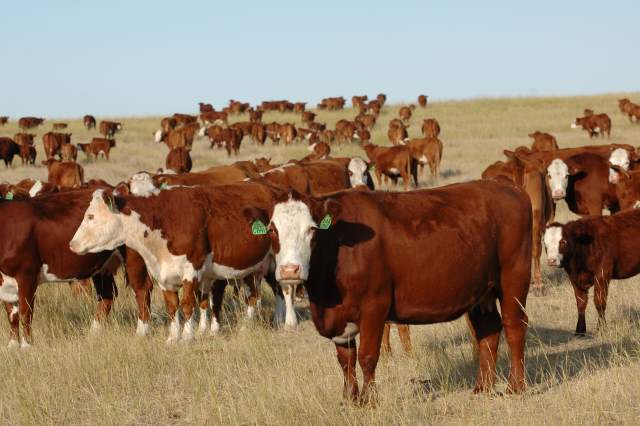June 3, 2016

You can find a lot of different numbers when it comes to the livestock industry’s contributions to greenhouse gasses. And yes, our industry emits several so-called greenhouse gasses. Methane is the culprit; while CO2 is the primary greenhouse gas, it is not as potent as methane. The EPA estimates that the livestock industry produces about 4.2% of our greenhouse emissions. That number is not insignificant but pales in comparison to the big producers like transportation and energy.
While thoroughly debunked, there have been reports that blame livestock for as much as 50% of greenhouse gasses. Remember the U.N.’s Livestock’s Long Shadow report, released last decade? The authors corrected it, but our opponents keep quoting it. As producers, we need to be prepared to quote the EPA’s own number of 4.2% and we need to be able to show the tremendous reduction in greenhouse gasses and increases in efficiency that our industry has created.
One thing that will not make the anti-corporate, anti-technology, anti- progressive, anti-production crowd happy is this one irrefutable fact as it relates to climate change and sustainability. And that fact is, not only is the world’s population growing, requiring more of agriculture with less inputs, but efficiency is vital to achieving society’s goals. I recently attended a conference hosted by the University of Nebraska addressing these issues and Frank Mitloehner from the University of California-Davis said something that I thought was amazingly profound – “Production intensity and emission intensity are inversely related.”
In other words, the more efficient we are at producing beef, the lower our emissions are. And we have become amazingly efficient. The U.S. livestock industry is the hero of American agriculture.
For example, from 1950 to 2015, the U.S. dairy industry has reduced its carbon footprint by a third! The beef industry has reduced its total inventory by 50 million head and yet is still producing the same amount of beef. A dairy cow in India contributes 9 times as much methane and CO2 in comparison to a U.S. cow!
A growing population means we will have to become even more efficient. The world will likely look to the U.S. as the global meat market as we have one of the most efficient and lowest environmental impact livestock systems in the world.
Everyone agrees that the climate is changing and that greenhouse gasses are increasing. Fossil fuels are releasing tons of carbon that have been stored over thousands of centuries. But that is where the agreement ends.
The climate models simply don’t work; the predictions haven’t come true. That means we don’t understand the science or the cause and effects, regardless of all the claims to the contrary.
Even with that said, it is also obvious that this is an issue we must be prepared to deal with. Sadly, this discussion quickly moves away from science once we move beyond the two big truths—the climate is changing and greenhouse gasses are rising—to emotion and belief rather than scientific facts.
As an industry, we must figure out how to get accurate, scientifically valid data out there, and then we must figure out how to create a model that allows producers to be rewarded for implementing changes that allow us to reduce our emissions. And we must continue our efforts to improve our sustainability. Genetics and technology that will continue to lead to more output with fewer inputs will be more vital than ever.
You might also like:
How to control sucking & biting lice on cattle
60 stunning photos that showcase ranch work ethics
Are you cutting hay? 10 new mower conditioners in 2016
About the Author(s)
You May Also Like



